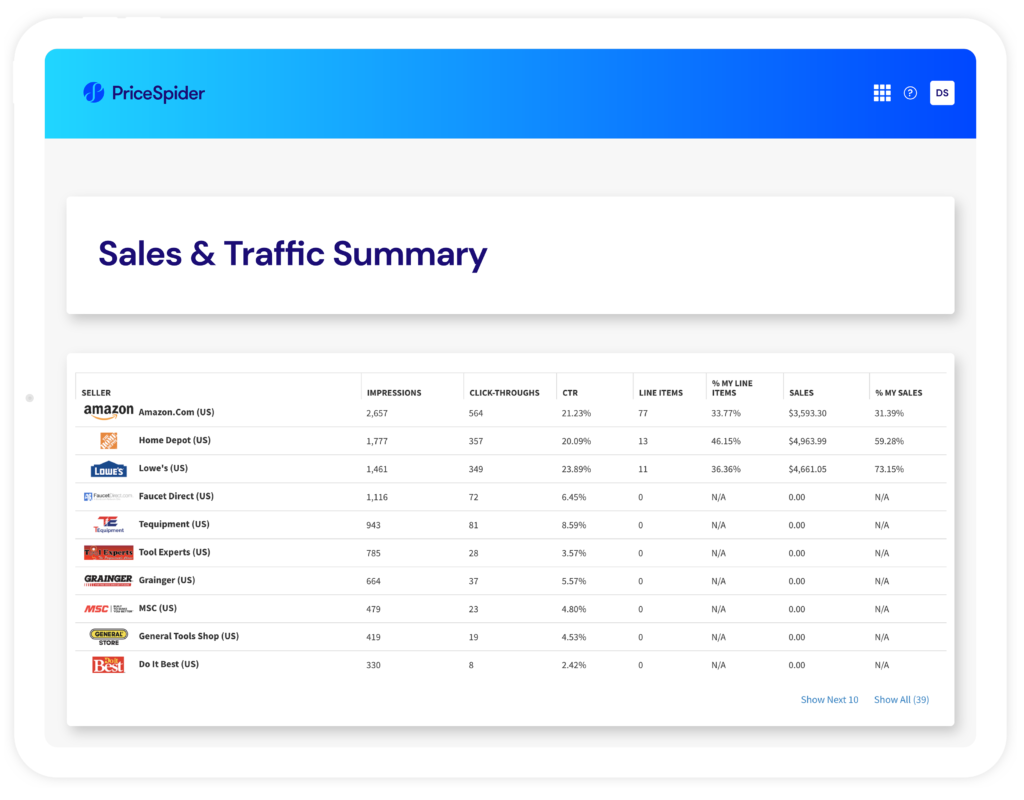They say a product’s true value is simply how much someone else is willing to pay for it. But what if you can’t see how many people are willing to pay your price? Perhaps you’re trying to sell your old surround-sound system on Craigslist. Perhaps you paid nearly a thousand dollars for it 20 years ago. Perhaps no one is even making an offer on it for the measly 80 bucks you’re asking. Perhaps you bump it down to 60. Perhaps 40. C’mon people, this thing was a treasure in its heyday! Ahem — we digress. The point is, you need to be able to see the market to know what your stuff is worth.
So what’s a tweet worth? What’s the value of an Instagram Story? Does social media actually drive sales? Ever since brands began using social media, there has been a constant battle to demonstrate the dollar value of social media marketing and advocate for its less-tangible benefits.
Over the years, brands have tried things like using pretty URLs with link tagging (UTM parameters), creating specialized landing pages, sharing coupon codes, and developing complex workarounds to see exactly how many website visitors came from social media and determine whether these channels actually drove sales.
If you’ve ever tried to use some sort of social ROI calculator, you’ve probably experienced the same problem brands have run into for years: it’s never been an exact science and often feels more rooted in projections and estimates than actual data. It winds up amounting to something like this: “How much did you spend on this social media campaign? How much revenue do you think it generated?”
Like a perfectly good 5.1 surround-system with receiver listing sitting dormant on Craigslist, that’s not going to cut it for a lot of brands.
And while innovations like Checkout on Instagram and other native checkout experiences help you directly attribute sales to social content, they don’t account for every sale that may occur as a result of your campaign.
Some ecommerce brands put all their effort into driving direct-to-consumer sales so that they can actually track them. They remove potential offramps to other distribution channels and try to force customers to purchase through their own website, hurting overall sales in their effort to track results. And yet they still wind up with an incomplete picture of their ROI.
What if someone discovers you through a social campaign, clicks through, and winds up buying your product from a retailer? Does that sale “count”? Absolutely. But can you track it and attribute it to a specific marketing campaign? Probably not. This has always been a key issue for brands trying to measure social media ROI.
The ecommerce solution to social media ROI
Whatever method you use to track sales from social media and evaluate your return on investment, this lack of visibility will always be your Achilles heel. That’s why it is such a natural problem for PriceSpider to solve.
Over the last 20 years, we’ve developed advanced crawling technology for ecommerce brands, allowing them to collect sales data from their retail partners and third-party sellers. Our flagship product, Where to Buy, enables true end-to-end universal tracking, allowing you to see every touchpoint that led to a sale and whether it happened on your own website or somewhere else.
Say you run an influencer marketing campaign like Febreze did with Khloe Kardashian on Instagram. No matter where someone chooses to buy your product, Where to Buy traces it back to your channel, campaign, and even the specific post.
Even sales that occur within 30 days make the cut because your social content was the touchpoint that set things in motion.

With Where to Buy, you don’t have to worry about which channels your customers purchase through because you can track them all. That means when it comes time to calculate social ROI, you can see the actual dollar value of every post, tweet, story, pin, and ad.
There’s no guesswork involved: you calculate the time spent on each campaign or channel during a given time period (marketing hours, design hours, etc.), ad spend, and any additional expenses incurred, then subtract that from the total revenue attributed to your campaign, as determined by Where to Buy. If you want that represented as a percentage, then you simply divide your total return by the amount you invested. And voila! Social ROI.
As simple as Where to Buy makes your calculations, there’s even more to it than that.
Social ROI goes beyond dollars and cents
Marketers have always advocated that the value of your investment in social media isn’t limited to directly attributed sales. This was partially because it simply wasn’t possible to definitively say how much social media campaigns were moving the needle. But even with Where to Buy showing you exactly how much your content contributes to sales, it’s important to consider the other ways social media benefits your brand.
Brand awareness
If no one has ever heard of your brand, they’re never going to look for it, and they’re a lot less likely to choose you when they see you.
Social media is often one of the first places consumers encounter a new brand. It’s where they ask people for recommendations, see ads that relate to their interests or media activity, and look for concepts that relate to your product category. Being active on social media and intentional about how you use it can dramatically increase the likelihood that new people will discover you through these channels.
Whether this is just the beginning of someone’s customer journey or they’re on the final stages, brand awareness is an integral part of your social ROI. And while it doesn’t neatly translate into a dollar value, it certainly has an impact on your bottom line. Invest enough in social media, and you may even achieve top-of-mind awareness, where your brand is the first thing people think of when your product category comes to mind.
Engagement
Social media was built for engagement. If you’re a brand trying to get the most out of your investment in social media, it’s worth exploring the value of engagement. Whether someone is already a customer or not, increasing engagement can have a massive impact on the course of their customer journey.
Every social post is another potential touchpoint with your audience and another opportunity to influence the behavior and perspective you want to develop. You’re training people to see your industry the way you do, see your brand as an authority, and appreciate what you have to say.
Trust
Social media is so ubiquitous that if your brand isn’t on the platforms your audience uses, it can raise immediate red flags. “How can this be an established brand from a credible company if they’re not even on Facebook?”
For some consumers, your social media accounts are essentially the face of your brand. If your pages look like wastelands you’ve abandoned or ghost towns no one frequents, it can leave them wondering if you’re a legitimate business.
In contrast, having a thriving social media account with good engagement, positive reviews, numerous followers, and valuable content shows consumers that you’re a brand people are paying attention to. It helps establish trust in your brand by reassuring consumers that other like-minded people have appreciated their experience with you or like hearing from you.
When evaluating the ROI of your social media efforts as a whole, it’s important to take this into consideration as well.
Start measuring your social ROI
For ecommerce brands that want to know their true return on investment from all distribution channels, there’s simply no substitute for Where to Buy. The moment someone clicks through your ad, tweet, post, pin, story, or video, Where to Buy follows them to whatever store or marketplace they buy from.
Want to see how it works?
Schedule a demo.

